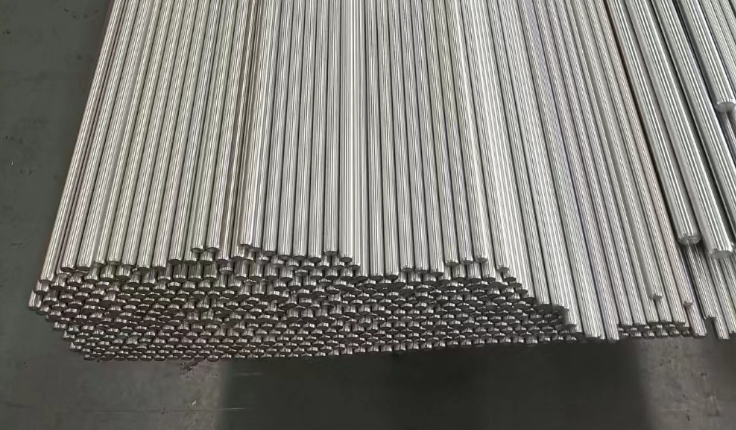In the intricate world of metallurgy, the terms “tool steel” and “stainless steel” are often mentioned interchangeably. Is tool steel the same as stainless steel? As a veteran in the field of metallurgical engineering from Huaxia Steel, I must clarify that this assumption is incorrect. Tool steel and stainless steel, while both belonging to the broad category of steel alloys, possess distinct chemical compositions, mechanical properties, and intended applications.

Is tool steel the same as stainless steel?
Let’s delve deeper into the characteristics of tool steel. Tool steel, as its name suggests, is primarily designed for the creation of tools and implements that require exceptional hardness and wear resistance. This hardness and durability are achieved through the steel’s high carbon content, typically ranging from medium to high, as well as the addition of alloying elements such as chromium, tungsten, molybdenum, and cobalt. The combination of these elements and a controlled heat treatment process ensures that tool steel maintains its sharpness and structural integrity even under extreme conditions of use.
On the other hand, stainless steel is renowned for its corrosion resistance, a property that sets it apart from other steel alloys. The corrosion resistance of stainless steel is primarily due to the addition of chromium, typically in concentrations of at least 10.5%. This chromium content forms a protective oxide layer on the steel’s surface, preventing the corrosion process from occurring. In addition to chromium, stainless steel may also contain other elements such as nickel, molybdenum, and nitrogen, which further enhance its corrosion resistance and mechanical properties.
The applications of these two steel types are also quite different. Tool steel, due to its hardness and wear resistance, is commonly used in the manufacturing of cutting tools, dies, molds, and other precision components. Its ability to maintain a sharp edge and resist deformation under heavy loads makes it an ideal material for these applications. On the other hand, stainless steel is widely used in industries where corrosion resistance is a critical requirement, such as in food processing, medical equipment, and chemical processing. Its aesthetic appearance and ease of maintenance also make it a popular choice for architectural and decorative applications.
Furthermore, the heat treatment processes used for tool steel and stainless steel differ significantly. Tool steel requires precise quenching and tempering procedures to achieve the desired hardness and toughness, while stainless steel undergoes less extensive heat treatments that focus more on improving corrosion resistance and ductility.
Conclusion
In conclusion, tool steel and stainless steel are not interchangeable materials. Each possesses unique chemical compositions, mechanical properties, and intended applications that make them suitable for different tasks.
Thank you for reading our article and we hope it can help you to find the answer to the question: Is tool steel the same as stainless steel? If you are looking for tool steel suppliers and manufacturers online now, we would advise you to visit Huaxia Steel.
As a leading supplier of too steel products from Shanghai China, Huaxia Steel offers customers high-quality tool steel, carbon steel, alloy steel, and carbon steel tubes at a very competitive price.







